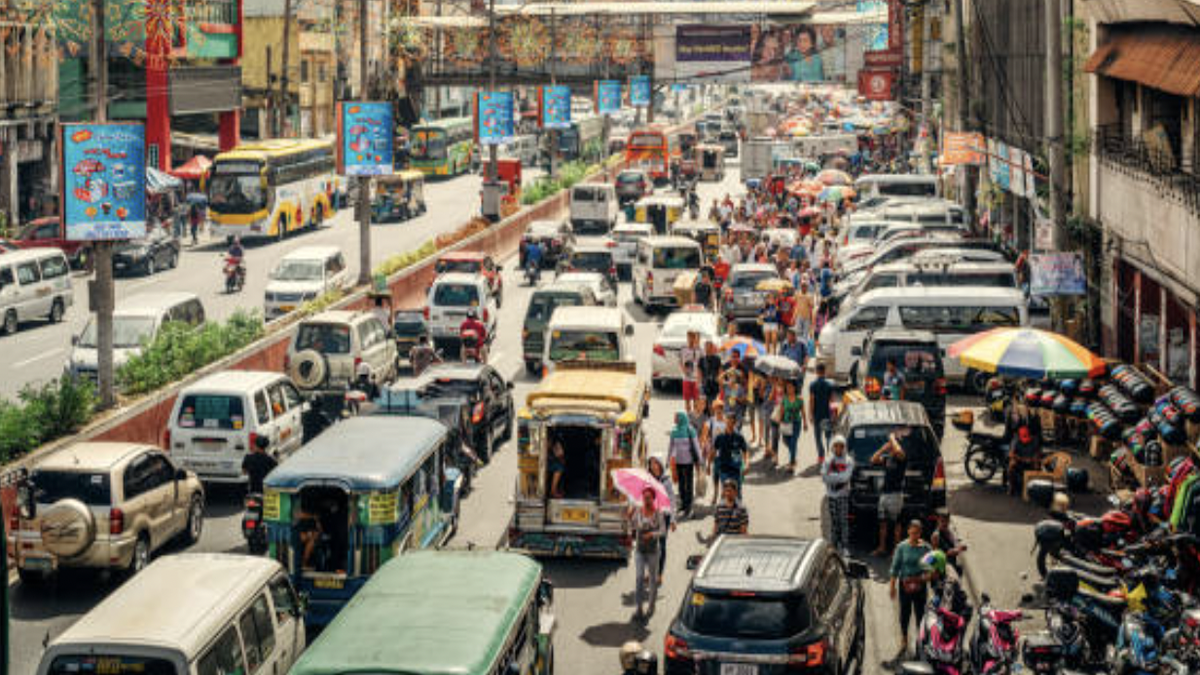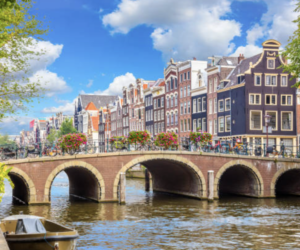Cost of living in Philippines is a knowledge you need to know if you are going to have a trip for short-time or even longer time. The Philippines is another archipelagic country located in Southeast Asia. This makes the Philippines have a geographical situation as tropical countries.
However, not so many people travel or migrate to the Philippines, in contrast to other neighboring countries such as Singapore and Malaysia. These two countries are favorites for vacation or college or work.
Actually, there is one thing that is quite rarely known by the people that this country with the capital city of Manila has a fairly cheap cost of living in the Southeast Asian region. So, how cheap is it actually?
The following is a breakdown of the cost of living in the Philippines, specifically in the City of Manila. Come on, let’s see first!
Table of contents
- Rental Residence
- Utility Bill
- Eat and drink
- Transportation Cost
- Communication
- Insurance
- Monthly Needs
- Entertainment and Recreation
- Other needs
- Total and conclusion
Read: Singapore Airline Ticket Service
Rental Residence
The most important thing you have to think about when traveling abroad is where you live. For overseas students, renting an apartment or condominium is one of the most appropriate choices.
Of course, apartment rental prices vary depending on the location, area of occupancy, and the facilities provided. Renting a nice and comfortable apartment, will cost you at least 30,000 to 44,000 Pesos depending on the area.
If you want to rent a very simple studio apartment, the cost is approximately 12,000 to 21,000 Pesos a month. On the other hand, luxury apartments require a minimum rental fee of 50,000 Pesos per month.
The price above is the amount needed to rent an apartment in big cities like Manila, the capital city of the Philippines. In a smaller city the rental fee will be even cheaper.
You can rent an apartment with your friends to reduce expenses for housing needs.
One thing you should pay attention to when choosing a place to live is the distance to work or college. As much as possible, look for a place to live that is close to your office or campus because traffic jams will be a waste of time.
Utility Bill
It is something to consider in calculating cost of living in the Philippines. By having a place to live, you also have to pay utility bills. Well, the amount for this utility fee depends on each person’s usage, so there is no absolute number.
Utility fees include things like electricity, water, and garbage disposal services. On average, resident in Manila will spend 6,300 to 7,300 Pesos on utility bills. While outside the city can only spend 6,000 Pesos per month.
Eat and drink
Another need that is no less important is eating and drinking. You can cook for yourself or buy food and these two options will cost you differently.
If you cook yourself, you need at least 10,000 Pesos per month for shopping for raw materials and locally produced fruits and vegetables. Meanwhile, for eating out the costs incurred can vary, depending on the place.
The price of a single meal at a local restaurant is under 500 Pesos and ranges from 150 to 250 Pesos. If you buy food on the side of the road, usually you will spend a maximum of 200 Pesos per serving.
For drinks, a 12-ounce bottle of mineral water costs 18 Pesos on average in most cities. For those of you who like to drink alcohol, of course there is an additional fee that must be spent around 100-200 Pesos depending on the quality and type. Your habit of drinking alcohol may affect the overall calculation on the cost of living in the Philippines.
Transportation
To support mobility in daily life as an overseas resident, of course you have to pay for transportation. There are several types of transportation modes in this country, including jeepneys, conventional taxis, online taxis, and others.
For those who are not familiar, jeepney is a public transportation that is used as an icon of the Philippines. These cars are relics from the war era, which were later modified into public transportation.
The most convenient transportation is a taxi. Fares for taxis vary, but the normal meter is 40 Pesos with an additional 13 Pesos per kilometer. For an hour of waiting, a fee of 115 Pesos is charged.
The Philippines is known as a country that has the largest number of two-wheeled vehicle drivers like Indonesia. This makes traffic jams often occur, especially in big cities that have a large population. Like it or not traffic jams may be affecting your cost of living in the Philippines.
It’s important for you to find a place to live near your office or campus so you don’t waste time on the streets and cut transportation costs.
Communication
In order to stay connected with family in the country and friends, you need a fee for a cellphone SIM card. This also varies depending on the provider and data package.
Prepaid phone cards charge an average of 7 to 8 Pesos per minute. However, this can be cheaper, depending on the packages offered and promotions. Internet for cellphones can cost you 730 Pesos per month.
In addition, you can also install wi-fi for your residence. The cost per month for wi-fi also varies, on average from 2,000 to 2,500 Pesos
Insurance
Most foreign resident like to skip the component of insurance in dealing with cost of living in the Philippines. You are advised to have insurance, especially for health and life. There are several options for insurance, both from government and private institutions.
Health insurance in the Philippines is on average priced at 1,400 to 6,600 Pesos per year or 116 to 550 Pesos per month. All this depends on the company that bears and the number of dependents.
As additional information, in big cities that have developed health services are very easy to reach and the quality is guaranteed. However, in some areas it is more limited.
Many expats in the Philippines do not take out insurance because the cost of healthcare in this country tends to be cheaper than in western countries. Therefore, whether you want to take insurance or not depends on each person.
Read: Scoot Airline Review
Monthly needs
As an overseas resident, you also need to shop for monthly necessities which include cooking ingredients, snack supplies, cleaning supplies, and so on. The price of basic ingredients in the Philippines is quite cheap.
The average price of rice per kilogram is 50 Pesos, and one piece of bread can be under 50 Pesos. Fruits and vegetables also have a lot of variety, locally produced ones are definitely cheaper.
You need at least 10,000 to 20,000 Pesos for monthly needs in the Philippines.
Entertainment and Recreation
Entertainment may be primary need in the cost of living in Philippines if you have a lot of stress at work / campus. To unwind from your routine as overseas resident, most of you definitely need entertainment and recreation. The costs for this also vary, depending on your lifestyle.
For one time hanging out in a big city, you need at least 1,000 Pesos per day. If you hang out twice a week, you will spend 2,000 Pesos. In one month, you need 8,000 Pesos to hang out.
Read: Disney World Map
Other Needs
Other necessities include expenses for buying clothes, additional furniture for apartment decorations, souvenirs, and so on. This can also be different for each person.
However, goods in the Philippines are cheaper than some western countries. Most expats from the west can make ends meet with 5,000 Pesos or US$ 100 per month!
Total and Conclusion the Cost of Living in Philippines
There you have it the description on the cost of living in Philippines. The minimum money you need for living expenses in the Philippines is 65,000 Pesos or US$ 1,241.88 or Canadian $ 1,581.66
Please note that this number is not absolute because it depends on the lifestyle of each person and the city where you live. The simpler lifestyle, the cheaper, the smaller the city the cheaper. This post useful? Do not forget to share with your friends.




